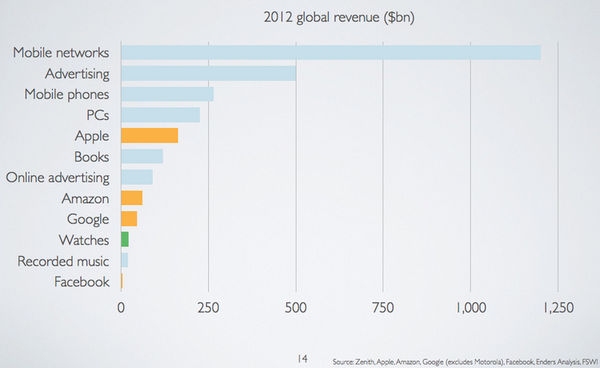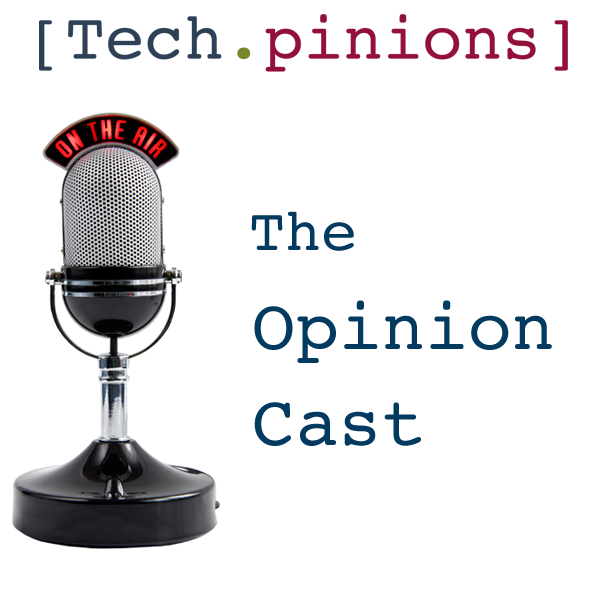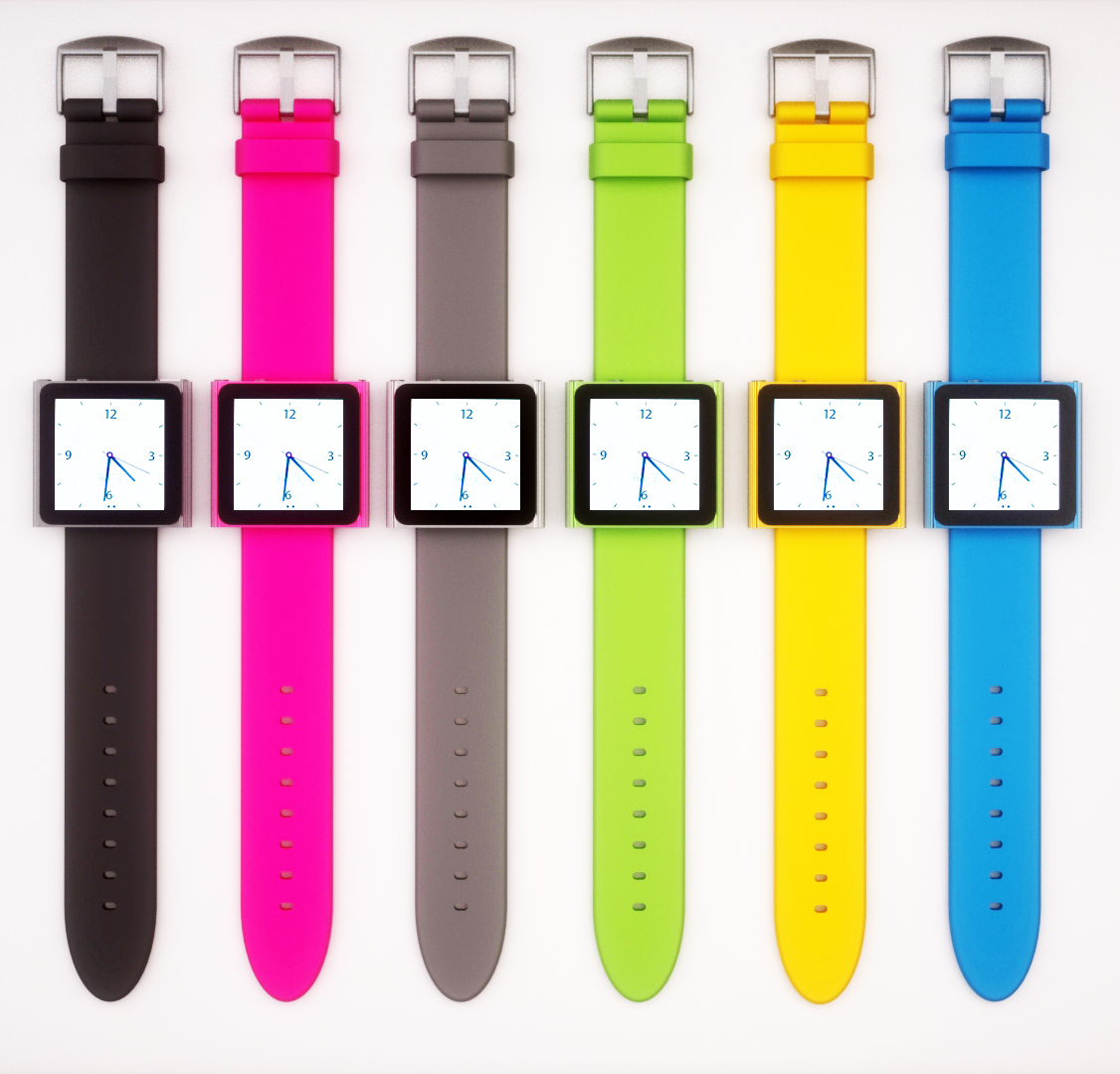After spending more time digesting the Apple Watch announcement and talking to dozens of journalists, doing several radio shows, reading many articles, and doing two podcasts, I have some updated thoughts.
If you have read many of my posts on smartwatches, namely this one and this one, you will know it has been a category where the value proposition has not been clear. I’ve been very specific that notifications alone, or at least in their current form, are not entirely useful for your wrist. The value can not and is not in notifications alone. That is the primary value Android Wear has implemented and as myself and many others who have tried every version point out, it is unclear if there is any real value there. So what have we learned from the little bit of information we have on the Apple Watch? Does this product extend the value proposition in any meaningful way? At a high level, Apple brings several assets to the category.
User Interface
As Tim Cook said, in a recent interview with Charlie Rose:
Apple’s goal is to be the best, not necessarily the first, but the best.
This is achieved by their user experience prowess. Apple takes things, related to computing in this case, and simplifies them from the current complex state they are in. If I was to articulate why an average consumer would not like any of the smartwatches I have tried, the word complex would be front and center. For this category to take off, Apple’s user interface and user experience design chops will need to be front and center.
Philosophy
Apple has stated their screen philosophy as “the right screen for the right moment.” This is their argument for not merging iOS with OS X the way Microsoft has with Windows 8. So the interesting question with the Apple Watch becomes, what is the right moment the watch is the right screen for?
Even though I am critical of smartwatches, there are pockets of time where I have found them valuable. All of those instances when I have found value have been when my smartphone is not near me or I’m not in a place where I can use it. For example, when I am at home, I often take my smartphone out of my pocket and leave it on a table near my entry way. With the Android watches, I only get value from the watch when it is in proximity (appox. 15 ft) to my phone. So if I go outside or upstairs or into the kitchen, all my smartwatch is is a watch. Apple’s approach with Wifi will allow the watch to remain smart even when it is not in proximity to my smartphone. The same is true in the car. Personally, I’ve found wrist notifications quite useful during my long commutes. Exercising, bike riding, even walking down the street in the city between meetings, become interesting use cases where arguably a better device than our smartphone could exist to add value to our digital lives.
The right screen for the right moment philosophy is, I think, a key way to think about the role the Apple Watch will play in Apple’s ecosystem. Both for us watching Apple and for Apple itself.
The Evolution of Communication
If we think about it, mobile phones have played a role in the evolution of our communication. Arguably, nothing has had as large an impact on communication as SMS. Hands down, the longest conversations I have with people are when we are face to face. Audibly talking on the phone would come second, but in the digital world, our conversations are shorter and more compact. With SMS, short responses are the norm. Even though a conversation can be engaging or drawn out, it is simply done with shorter messages. Part of me wonders if we are on the cusp of yet another form of mass communication evolution.
Benedict Evans and I discussed this briefly on the Mobile Focused Tech.pinions Podcast, and we mentioned an upcoming iOS app called Popkey. Popkey, in a similar style to Line stickers, is enabling new ways to communicate but through a more visual nature than text. For example, a friend of mine named Ben Thompson who is the author of Stratechery, turned me onto Line. It is one of the seven messaging apps I use, but I only use it to talk to certain people and he is one of them. Our conversation will go along and then I’ll say something like “I’ll email you the details.” He will then follow up with this Line sticker.

This sticker is his way of saying “Ok” or “sounds good” and it is always this same sticker. It has a style and a personalization unique to him. But these stickers are somewhat static. You can create your own but how many people do that? Perhaps Apple’s doodle type method on the screen will enable similar yet even more creative ways for us to interact as a part of this communication evolution.
All of that being said, there are still questions I have that will not be answered even after the Apple Watch is released. For example, what is the replacement cycle? Is there a replacement cycle? Benedict Evans had a great tweet the other day that said, “watches replace their owners.” Meaning, a great watch outlives its current owner and is handed down or re-used by someone else. Is this a product category Apple is future proofing like a watch or is it more like a typical electronics product? Is this an annual release cycle of a product or longer? If you spend $2,000 on a watch will you be angry if it is outdated in a year when the new one comes out? I have a long list of other questions to dive into for another analysis but I’ll leave it at this for now. Smartwatches are officially a category thanks to Apple and good or bad, I have a feeling there will be some bumps in the road.
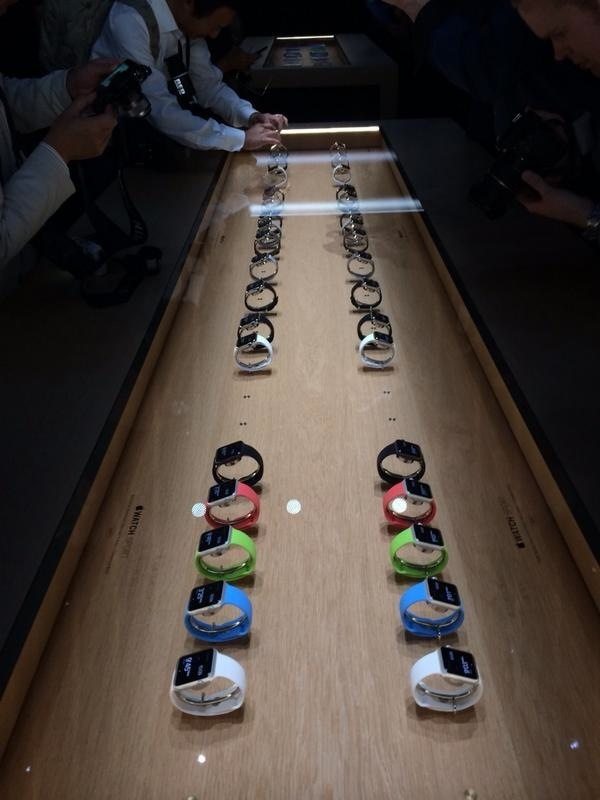

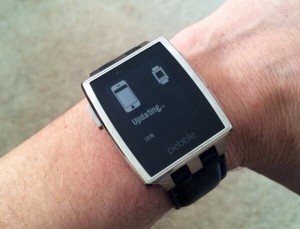 Apple DOES NOT have to do wearables to “survive.” And they most certainly do not have to chase the wearables market just because Samsung, Google and others have chosen to do so. Let me put it this way: Dogs chase cars but that doesn’t mean that they can drive them. Similarly, just because others are chasing the wearable market does not mean that they’ll be able to drive that market, even if they catch it.
Apple DOES NOT have to do wearables to “survive.” And they most certainly do not have to chase the wearables market just because Samsung, Google and others have chosen to do so. Let me put it this way: Dogs chase cars but that doesn’t mean that they can drive them. Similarly, just because others are chasing the wearable market does not mean that they’ll be able to drive that market, even if they catch it.